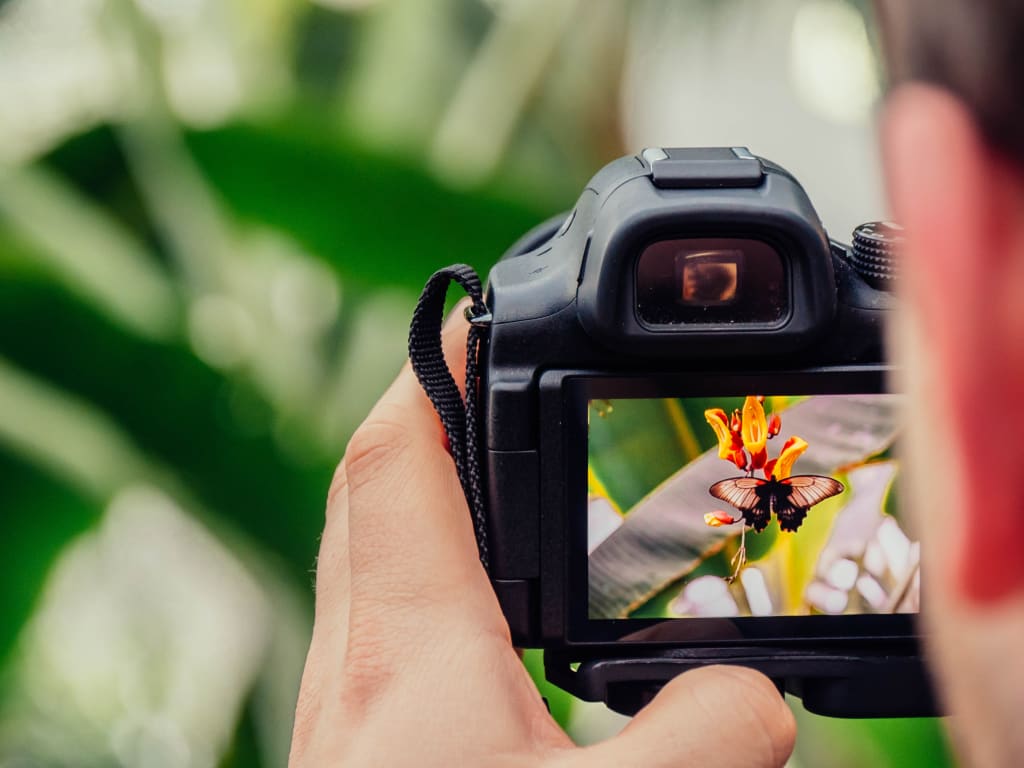Bucking the Trend of Shooting in RAW
5 Reasons Why JPEG Still Has Its Benefits

For the last several years now, photographers ranging from the serious amateur to the seasoned professional have been advocating for the use of the RAW photo format as the industry standard. But even so, there are still many good reasons to shoot in JPEG format. In fact, some of these are enticing RAW users to take a second look at and even revert to using the old file type.
1. So Many Cameras, so Few Compatible With Raw
There are thousands of models of cameras on the market today. From basic point and shoot compact cameras to bridge cameras (hybrids between compact and DSLR) and full DSLR models, many of them do not produce RAW files. Even some of the more expensive units with lots of bells and whistles are not made to shoot in RAW. So, even if you want to, unless you switch to another camera, you won’t be able to use this file type anyway.
If you are satisfied with colors, exposure, and the overall quality of your photos, there is no reason to abandon any model that you may be comfortable using. Simply changing the file format is not worth it.
2. Better Have the Right Editing Application to Work With Raw Pictures
Just as not all cameras function with files, many editing applications cannot open or work with this type of content. With the exception of a few high-end and often pricey applications like Photoshop, few recognize photos shot in RAW. What good is a file that is more versatile for editing if you can't open the photo to edit it?
3. RAW files are huge - really, really huge.
RAW format generates files that are significantly larger than those shot in JPEG. I had owned a camera that shot in both producing one copy of each. When comparing them, RAW files we're nearly 10 times the size of the JPEG versions. If a JPEG at its highest resolution was around 7 MB, I could expect the RAW to be in the 60s! The space we have on our hard drives and cloud storage options is limited. Photos taken in RAW format will eat through your available storage space like an acid eating through plastic. This can also be a big problem when it comes to sharing snapshots with friends and family via text message or email.
4. Displaying RAW on the web is not efficient.
When you want to display image on the web, it's always best to keep that image file size to a minimum. The reason for this is two-fold. First, the larger the image size the longer the photo takes to load. Nobody wants to wait for pictures to load as that it causes impatience and frustration. This, in turn, will result in a negative impact on any website containing excessively large files. Second, space and storage limitations set by web hosting companies can be a major problem for anyone storing large files. These issues make RAW files a pariah for any webmaster.
5. Good luck getting your RAW photos printed anywhere.
Even though most of us keep our photo files in online albums on our hard drives, there are occasions on which we want to print them either for ourselves or for clients. Whether your preferred method of printing is to go to an in-store kiosk or send the files away to a company to process the photos for you, you're going to be out of luck if you try to do so with RAW files.
Ultimately, no matter what you do with a RAW file, you're almost definitely going to have to convert it JPEG eventually anyway. You may want to just consider skipping the extra step and just avoiding the challenges that come with RAW altogether.

About the Creator
Jason A
Writer, photographer and graphic design enthusiast with a professional background in journalism, poetry, e-books, model photography, portrait photography, arts education and more.
Enjoyed the story? Support the Creator.
Subscribe for free to receive all their stories in your feed. You could also pledge your support or give them a one-off tip, letting them know you appreciate their work.







Comments
There are no comments for this story
Be the first to respond and start the conversation.